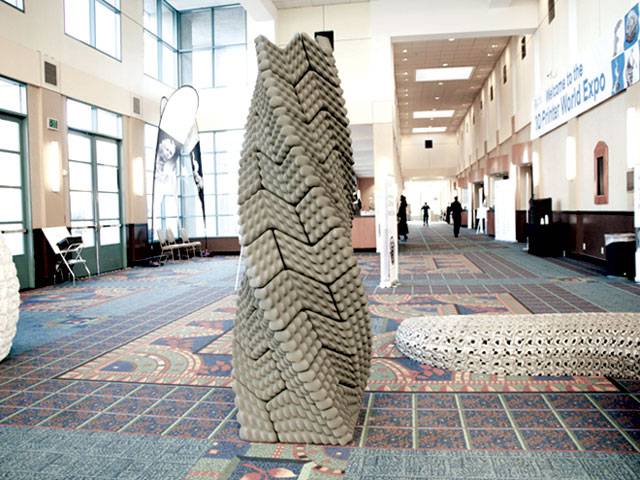AFP
TOKYO
Shocking images of a Taiwan apartment complex felled like a tree by a magnitude 6.4 earthquake have highlighted what is needed to build a structure that can withstand seismic shocks. Like Taiwan, Japan is quake-prone - it suffers about a fifth of the world’s most powerful tremors. It has used a mix of ancient and modern technologies to make its buildings increasingly quake-proof.
Lessons have been consistently learnt and building standards subsequently raised in the wake of deadly disasters such as the 1995 Kobe earthquake, which killed 6,434 people.
Special mechanisms for
protecting skyscrapers:
Tall buildings can be constructed to absorb shocks from an earthquake. The idea is for the building to control the tremor rather than the other way around. Oil dampers - oil-filled cylinders that work like giant shock absorbers - are a key technology employed in Tokyo skyscrapers. When a powerful quake hits, such buildings are designed to sway like a pendulum so that the movement effectively absorbs the shockwaves. The high-rise Mori Tower in Tokyo’s Roppongi Hills development uses the technology. During the March 2011 quake, not a single glass was broken in a 50th-floor restaurant.
Fresh ideas:
The latest idea is to “isolate” tremors, which means separating the building from the earth by measures including embedding absorbent rubber in its foundation. “This mechanism is often applied to mid- and low-rise buildings lacking structural flexibility, such as condominiums, rather than high-rise structures,” said Kenji Sawada, executive director of the Japan Society of Seismic Isolation. By using “seismic isolation” technologies, the scale of tremors felt in the topping structure could be greatly reduced, experts say.
Ancient knowledge:
Japan has been dealing with earthquakes for centuries and technological principles from ages past are still valid - with one used in the construction of the Tokyo Skytree.
Parts of the 7th century Horyuji Buddhist temple complex in the ancient capital of Nara, including its five-storey pagoda, are the oldest wooden structures in the world.
The pagoda’s central pillar is only attached to the top storey, remaining separated from the four lower ones.
This ensures the structure will be flexible when shaken by an earthquake.
“Thanks to the pillar, any distortion by an earthquake would be evenly distributed among the five storeys, therefore preventing the shock from focusing on a single point and causing a break,” Sawada said.
Friday, April 26, 2024
Ancient, modern technologies to make buildings quake-proof

2:23 PM | April 24, 2024
Musk vs Australia
April 25, 2024
Reforming Rehab
April 25, 2024
Tax It Right
April 25, 2024
Academic Uprising
April 24, 2024
Cooperation Momentum
April 24, 2024
Ending animal suffering
April 25, 2024
AI governance
April 25, 2024
AI concerns
April 25, 2024
Population paradox
April 24, 2024
Unveiling differences
April 24, 2024
ePaper - Nawaiwaqt
Advertisement
Nawaiwaqt Group | Copyright © 2024





